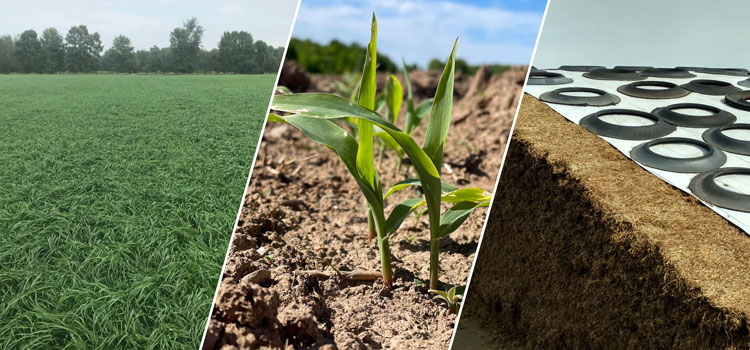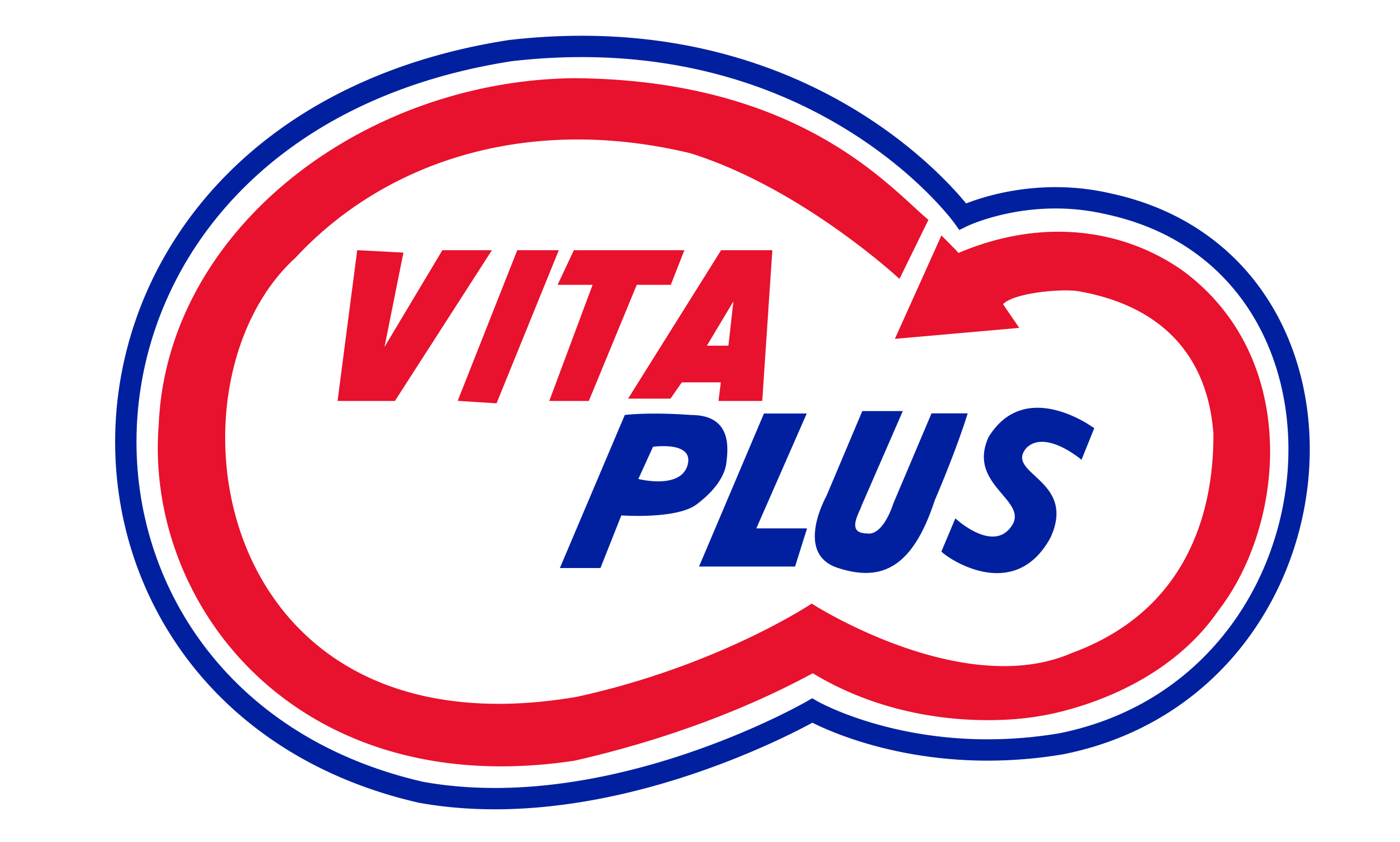
Getting the most value from every acre and every ton of forage adds to your farm’s bottom line. Here are seven considerations to help you meet that goal.
- Herd nutritional needs: Discuss your herd’s nutritional needs with trusted advisors. How can the forage program better support these nutritional needs? Can any nutrients be more efficiently produced by your forage program rather than purchased from outside sources?
- Hybrid selection: Using hybrid data from past years, choose hybrids that consistently yield and maintain high nutritive value. Consider factors unique to your farm and growing conditions, including growing degree units, water availability, common disease and insect pressures, and herbicide needs. The best information for decision-making on your farm is data from your farm. However, university and seed dealer hybrid trials can be a good starting point.
- Fertilizer program: Work with your agronomist to create a fertilizer strategy that supports the goals of your forage program and the nutritional needs of your dairy herd. Trials and test strips may be in order as you look to take a new approach in certain fields. Most importantly, create a plan that allows you to measure your farm’s return on investment with these new endeavors.
- Plant population: No silver bullet is available. Farms should monitor plant populations to meet the yield and quality goals for a given crop. Several factors, such as hybrid, soil type, moisture, and soil fertility, must be considered when adjusting plant populations.
- Dry matter (DM) targets: DM at harvest can have a significant impact on both yield and nutritive value. Let’s use corn silage as an example. Around the time of harvest, it is typical to see about a 1-percentage-point increase in starch concentration with every 1-percentage-point increase in DM. Therefore, it would be reasonable to assume that waiting to harvest your 32% DM corn silage until it was 37% DM would result in an increase of about 5% more starch, thus potentially reducing purchased starch costs.
- Silage storage and management: Planting, growing, and chopping forages require large investments of both time and money. Therefore, retaining as much chopped forage as possible during storage is in your best interest. Minimizing spoilage losses results in a lower cost per ton of forage because the cost associated with producing this forage mass is now spread over more tons of feedable forage. Pack quickly in thin layers (6 inches or less), obtain an adequate silage density (17 pounds per cubic foot for corn silage and 19 pounds per cubic foot for haylage), use oxygen barrier plastic with a low oxygen transmission rate, and apply a research-proven inoculant to maximize DM retention.
- End of year evaluation: Take the time to evaluate the performance of your forage program with your trusted advisors. Identify areas of success or areas where improvements can be made.



